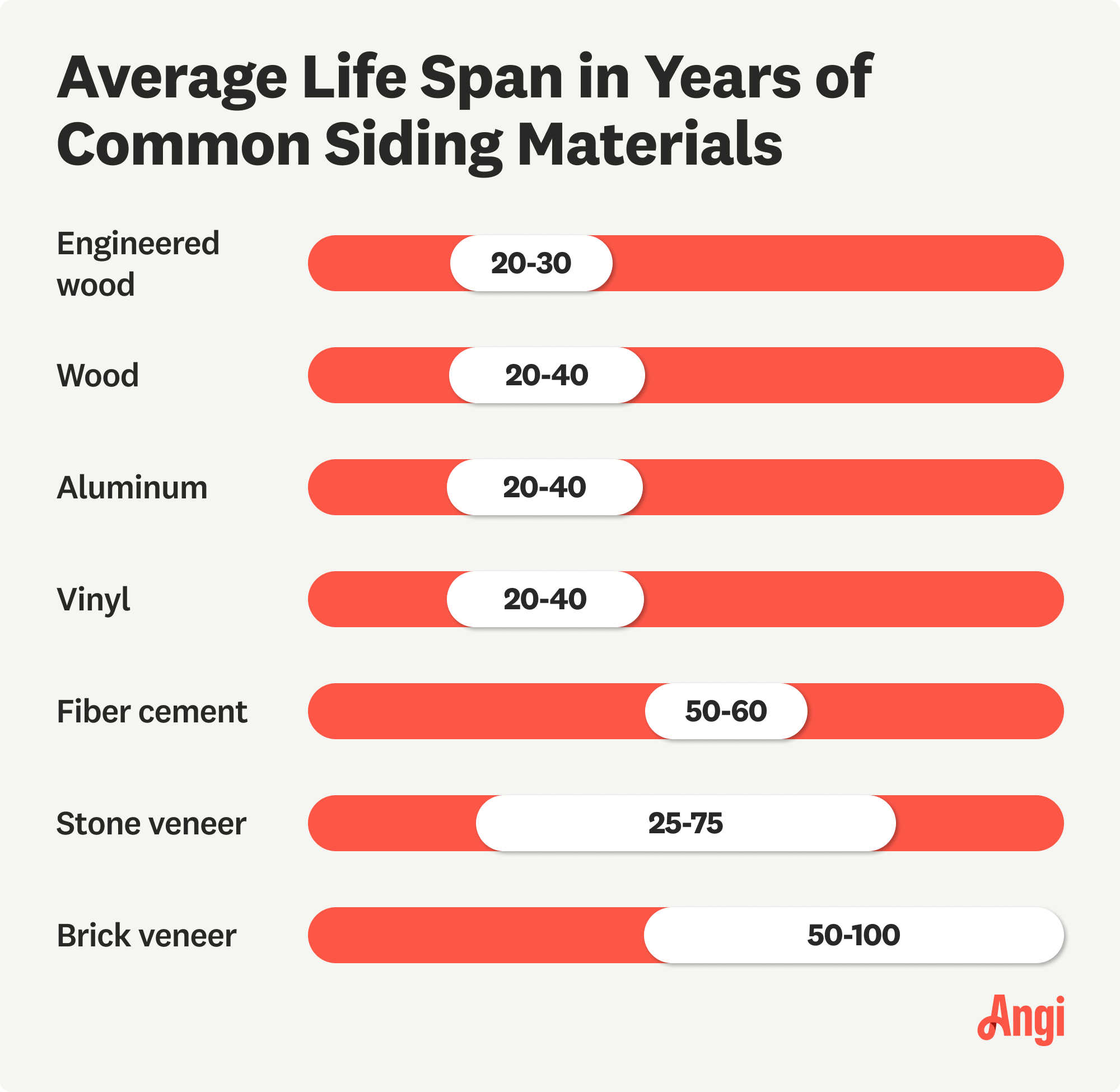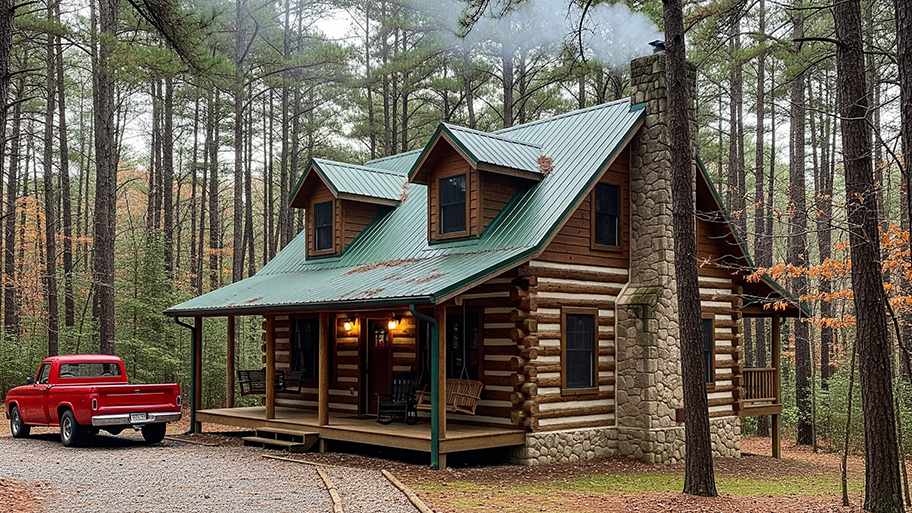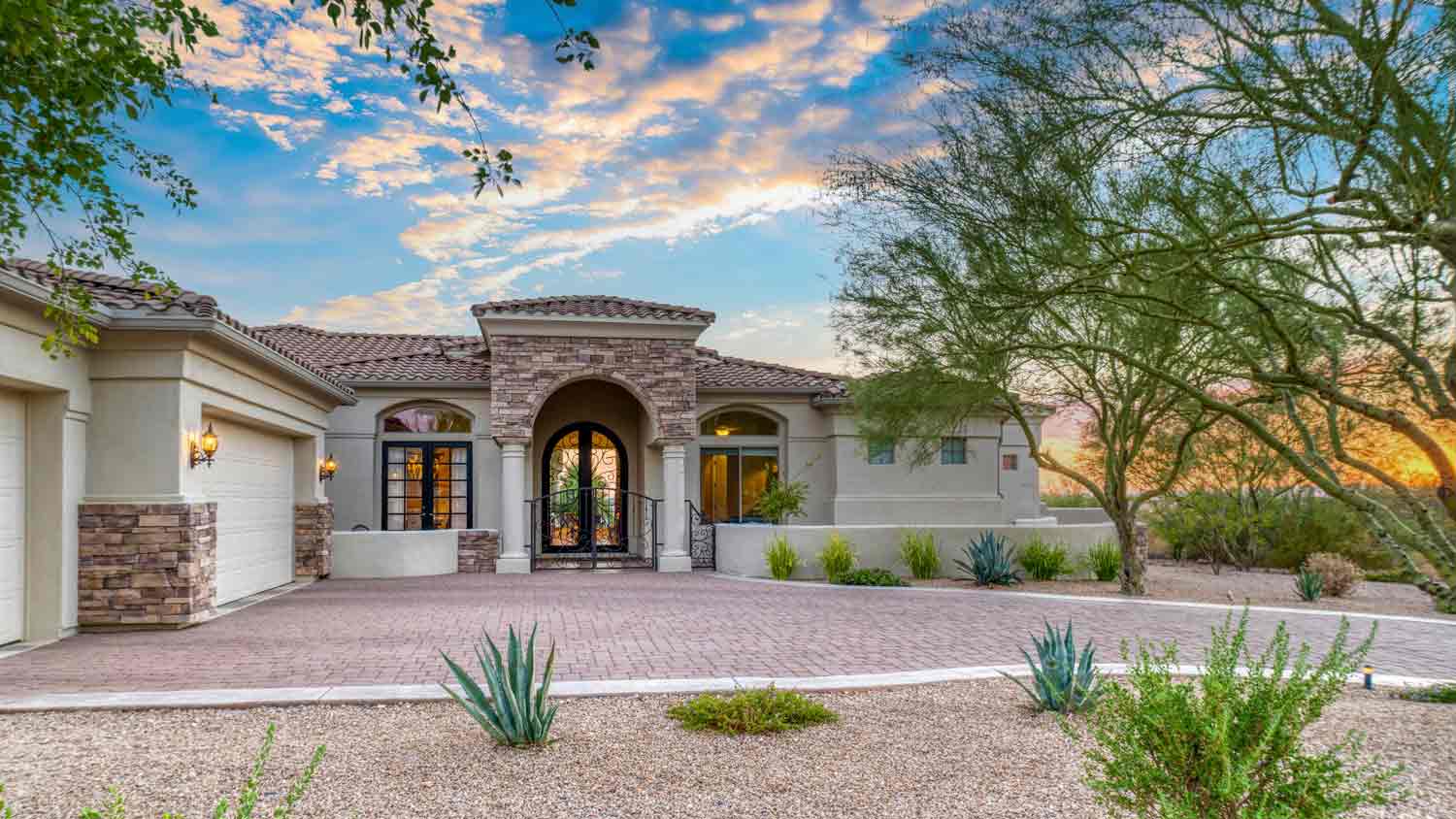
The cost to build a brick house is high, but the aesthetic and durability can be well worth the investment if you’re looking for something unique.
Home building costs depend on your project and location. Check with a local pro for your specific job.
The type of repair significantly affects the overall cost, with minor fixes like drywall repair ranging from $50 to $150, and major fixes like insulation replacement running between $400 and $4,100.
Mold damage repairs are common for wood sheds and average between $15 and $30 per square foot.
The material you shed is made of affects overall costs, with wood sheds running the most expensive at $4 to $13 per square foot.
You can expect to pay between $40 and $100 per hour for labor, depending on your location and the complexity of the repair.
This article was created using automation technology and thoroughly fact-checked and edited by an Angi Editor in accordance with our AI policy.
Shed repair costs are a key concern for homeowners facing damaged or aging backyard structures. On average, most shed repairs cost between $537 and $1,994, with an average of $1,229. Costs vary based on repair type, shed size, and materials—expect to pay more for extensive structural fixes or premium materials.
For many repairs, labor runs $40 to $100 per hour, and material costs can range widely depending on the shed’s construction. This guide will help you estimate your shed repair cost and make smart decisions for your property.
A few major factors will play into your shed repair cost. Here’s a breakdown of what goes into your budget.
Sheds face a variety of repair needs, from roof leaks and siding cracks to foundation settling and mold damage. Identifying the specific problem is the first step in getting an accurate shed repair cost estimate. Let’s review the most common types of shed repairs and what you can expect to pay for each.
| Repair Type | Description | Average Cost |
|---|---|---|
| Roof repair | Fixes to shingles, leaks, or sagging | $300–$1,000 |
| Siding repair | Patching, replacing, or repainting siding | $250–$1,700 |
| Foundation repair | Leveling, patching cracks, or water issues | $200–$1,000 |
| Door repair | Fixing hinges, warping, or new door install | $100–$300 |
| Door replacement | Includes new door and installation | $450–$1,650 |
| Window repair | Broken glass, frame rot, or leaks | $70–$600 |
| Window replacement | New vinyl window installation | $400–$650 |
| Drywall repair | Small repairs, patching | $50–$150 |
| Drywall replacement | Major issues, entire wall replacement | $2–$6 per sq. ft. |
| Mold damage repair | Mold remediation and replacing damaged wood | $15–$30 per sq. ft. |
| Insulation replacement | New insulation installation | $400–$4,100 |

Roof repair is essential to protect your shed’s contents and overall structure. Common roof problems include leaks, missing shingles, rot, and sagging, which can quickly worsen if left unaddressed. Roofs on sheds often need attention every few years, especially in areas with harsh weather. Costs for roof issues range from $300 to $1,000, depending on the problem and roofing material.
Siding keeps your shed dry and shields it from the elements. Cracks, rot, warping, or pest damage are frequent issues with wood and composite siding. Vinyl and metal siding often last longer but can still dent or fade. Siding repairs may be needed every five to 10 years, with costs for siding replacement or patching running $250 to $1,700.
A strong foundation keeps your shed stable and safe. Common foundation issues include settling, cracking, water infiltration, or shifting due to soil movement. Foundation repairs are less frequent but should be addressed as soon as signs appear. Repair costs for foundation fixes fall between $200 and $1,000, depending on the foundation type and severity of the damage.
A properly functioning door is crucial for shed security and ease of use. Warping, broken hinges, or misalignment are common issues, especially with older wooden doors. Sheds often need door repairs every few years, especially if exposed to moisture. Shed door repair costs range from $100 to $300. A full door replacement costs $450 to $1,650, including the new door and installation.
Windows add light and airflow but can be vulnerable to damage. Broken glass, frame rot, or leaks require prompt attention to prevent further issues. Window repairs are less frequent but important for sheds used as workshops or storage. Shed window repairs cost $70 to $600 per window, while vinyl window replacement costs $400 to $650.
Depending on your shed’s condition, you may need minor drywall repairs for $50 to $150, or you may require a full wall replacement costing $2 to $6 per square foot.
Mold damage repairs may be needed every few years, especially for wood sheds. The cost of shed mold remediation is $15 to $30 per square foot, including replacing damaged wood.
When your shed’s insulation becomes damaged or has reached the end of its lifespan, replacement will cost $400 to $4,100 depending on your shed’s size and the scope.

Shed materials affect both repair frequency and cost. Wood is attractive but prone to rot and pests. Metal sheds resist fire and insects but can rust. Vinyl and composite sheds offer low maintenance but may crack in extreme temperatures. Material choice impacts both shed repair costs and long-term durability.
| Shed Material | Description | Average Cost per Sq. Ft. |
|---|---|---|
| Wood | Traditional, customizable | $4–$13 |
| Aluminum | Durable, rust-resistant | $3–$6 |
| Plastic/Vinyl | Low maintenance, lightweight | $2–$4 |
Shed brand can influence your repair costs, especially if replacement parts are proprietary or hard to find. Popular brands may offer better support and easier access to parts, while lesser-known brands could require custom solutions. Warranty coverage also varies by brand, so check your documentation before hiring a pro. Some brands require using their authorized service providers for repairs to keep warranties valid, which can impact your shed repair costs.
The larger your shed, the more materials and labor are needed for repairs. Small sheds (under 80 square feet) cost less to fix, while large sheds (over 200 square feet) are more expensive due to greater surface area and more complex structures.
Manufacturer or installer warranties can offset shed repair costs, especially for newer sheds. Warranties often cover major defects or structural failures but may exclude wear-and-tear, weather, or pest damage. Always check your warranty terms before starting repairs. To claim coverage, contact the manufacturer and provide proof of purchase and photos of the damage. Keep in mind, DIY repairs or unauthorized modifications may void your warranty.
Some professionals offer shed maintenance plans, which include regular inspections, cleaning, and minor repairs. These plans can cost $100 to $300 per year but help catch issues early, potentially saving you from larger repairs later. Compared to pay-as-you-go repairs, maintenance plans offer peace of mind and can extend the lifespan of your shed.
Shed repairs are handled by carpenters, handypersons, or general contractors. Hourly labor rates range from $40 to $100, with flat fees for small jobs. Rates vary by region, experience, and the complexity of the repair. Urgent or specialized repairs can increase labor costs, as can jobs requiring multiple trades, such as adding electrical work.
Where you live affects your shed repair costs. Urban areas tend to have higher labor and material prices, while rural regions may offer savings but face limited contractor availability. The shed’s placement on your property also matters—hard-to-reach sheds or those on uneven ground may cost more to repair due to extra labor.
Beyond basic fixes, you might need or want extra services like debris removal, pest control, waterproofing, painting, insulation, or electrical upgrades. Each add-on can add $50 to $500 to your total shed repair cost. These extras can be necessary for older sheds or those being converted into workshops or hobby spaces.

Deciding whether to repair or replace your shed depends on several factors. If your shed is newer, has sentimental value, or only needs minor fixes, repairs often make sense. However, if the shed is old, structurally unsound, or the repair cost exceeds 50% of the price to buy a new one, replacement is usually the better investment.
For example, repairing a shed with extensive rot or foundation problems may cost $1,500 or more, while a new, similarly sized shed might cost $2,500. The 50% rule is a helpful guideline: if repair costs are more than half of replacement, replacement is often the smarter choice. Also, consider environmental impact—replacing a shed means more waste, while repairs are often greener. Finally, repairs are often less disruptive and faster than a full replacement.
Hiring a local shed repair pro costs more upfront, but you benefit from faster results, less risk of damage or missteps, and a professional finish. Pros bring specialized equipment and experience to the repairs, making the process smoother and often saving you money in the long run.
Repairing a shed can be a complex project and requires specialized expertise. Here are some of the top reasons to work with a pro:
Shed repair pros ensure the shed isn’t further damaged during repairs and inspect the shed thoroughly to ensure all issues are addressed.
They have the tools and materials needed to repair the shed safely and effectively.
Working with a pro ensures your project is done accurately and without the need for costly repairs.
Bundling shed repairs with other services, such as roof repair or other structural repairs, can save on overall repair costs.
Consider these cost-saving strategies to make your shed repair project more budget-friendly:
Schedule repairs during off-peak seasons for better rates.
Source materials locally or reuse existing parts when possible.
Perform regular maintenance to prevent major repairs.
Get multiple quotes from qualified local shed repair pros.
Bundle multiple repairs for potential discounts.
Address minor issues early to avoid costly damage.
Check for warranty or insurance coverage before paying out of pocket.
Be ready to discuss with a pro what type of material your shed is made of, as that may affect the tools they need.
If there is room left in your budget, ask your pro about add-ons like flooring, painting, or resurfacing.
Be prepared for unexpected costs, such as damage repair or material price increases, that may arise during the removal process.
Home is the most important place on earth, which is why Angi has helped more than 150 million homeowners transform their houses into homes they adore. To help homeowners with their next project, Angi provides readers with the most accurate cost data and upholds strict editorial standards. We extensively research project costs to develop the pricing data you see, so you can make the best decisions for you and your home. We rely on reputable sources, including the U.S. Bureau of Labor Statistics, academic journals, market studies, and interviews with industry experts—all to ensure our prices reflect real-world projects.
Want to help us improve our cost data? Send us a recent project quote to [email protected]. Quotes and personal information will not be shared publicly.
From average costs to expert advice, get all the answers you need to get your job done.

The cost to build a brick house is high, but the aesthetic and durability can be well worth the investment if you’re looking for something unique.

Log cabin costs vary depending on the size of the cabin, the location, and the cabin style. This guide will help you figure out the true cost of a log cabin.

Having a dedicated space to retire after a day in the pool may seem like a pipe dream. Learn about pool house costs to see if you can make that dream a reality.

Planning and construction takes longer when you don’t follow pre-set plans. Learn how long it takes to build a custom home so that you know what to expect.

Discover the cost to build a fourplex. Learn about average prices, key cost factors, and ways to save when planning your fourplex construction project.

When building a home, going custom gives you the freedom to create your dream house. Learn about the cost to build a custom home and the factors to consider.